Mid-latitude Cyclones
https://www.youtube.com/watch?v=Po-IYqpUQbE
General characteristics
Time-lapse photography of a passing Cold Front
An introduction to Air Masses
Areas where mid-latitude cyclones form
Conditions necessary for their formation
Frontal Systems explained – Northern Hemisphere
Cold Fronts
Warn Fronts
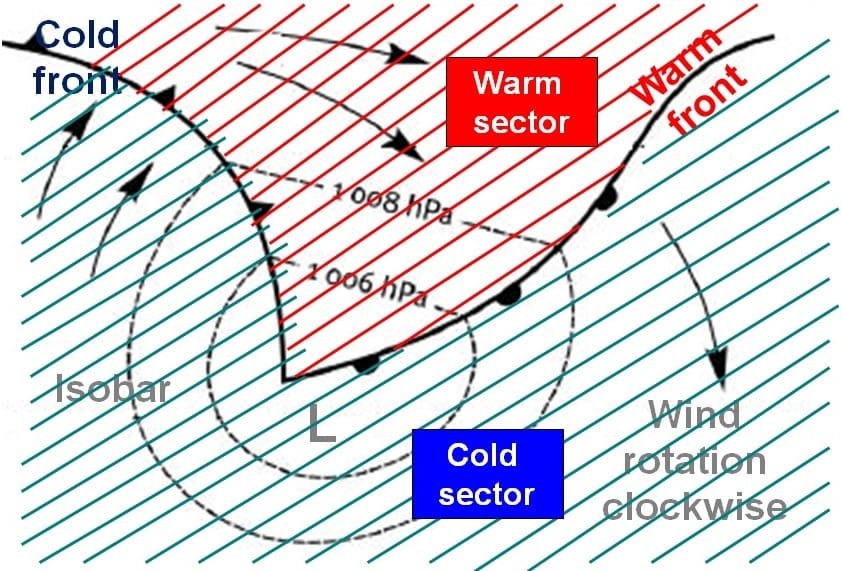 SOURCE: http://www.thutong.doe.gov.za/
SOURCE: http://www.thutong.doe.gov.za/
Cross section of a Mid-latitude Cyclone
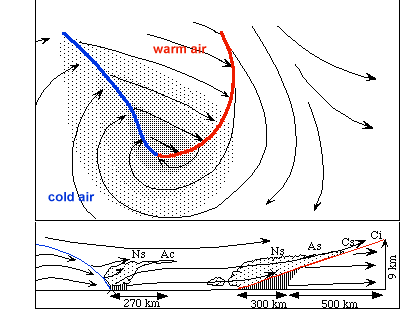
Cold Fronts
Stages of development and related weather conditions
Warm Front Occlusion (The cold front is rising above the warm front)
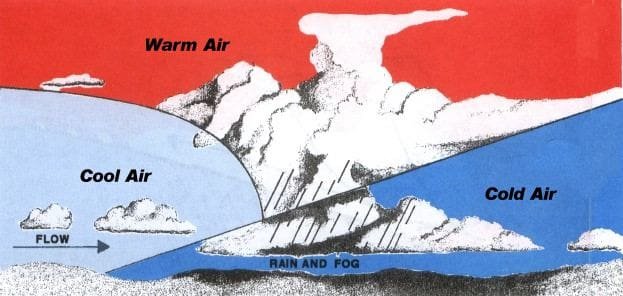
Cold Front Occlusion (The warm front is rising above the cold front)
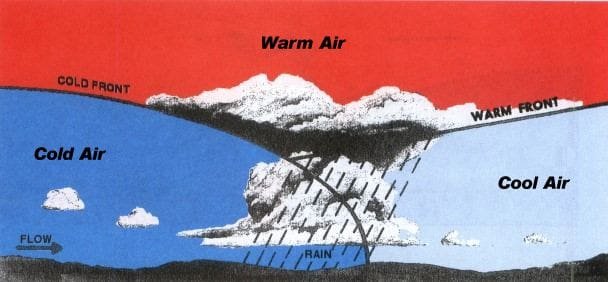
Weather patterns associated with cold, warm, and occluded fronts
SOURCE: 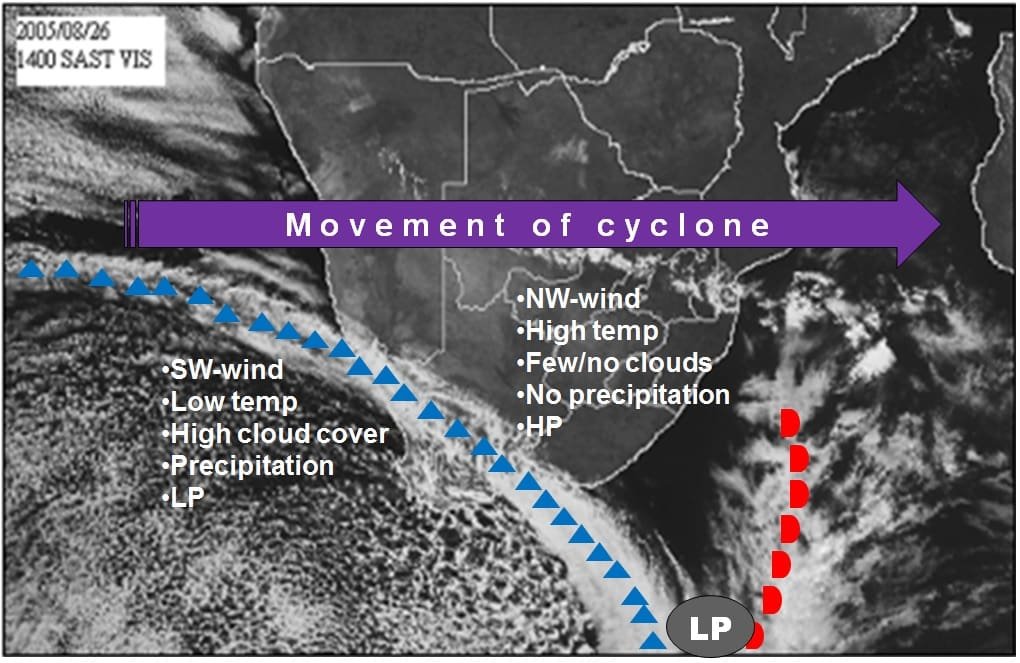 http://www.thutong.doe.gov.za/
http://www.thutong.doe.gov.za/
Reading and interpreting satellite images and synoptic weather maps
Category: Climate and Weather
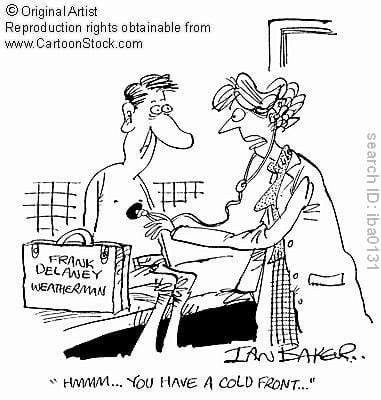
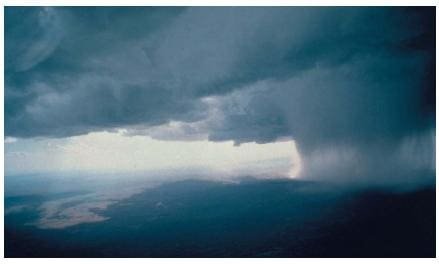
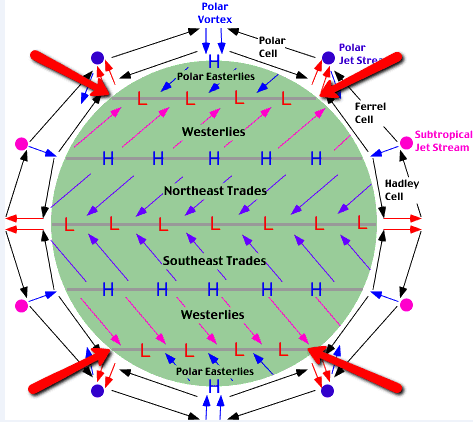
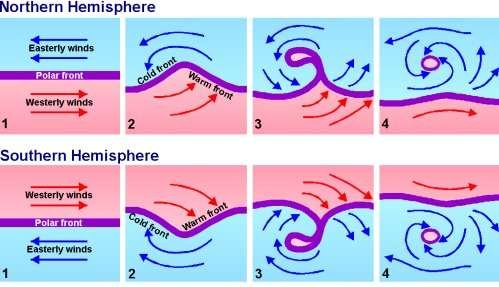
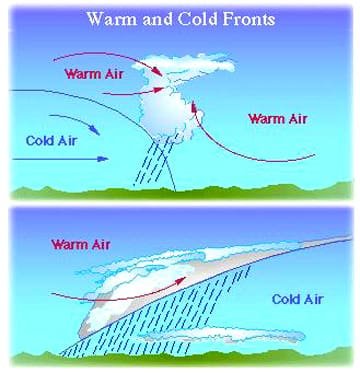
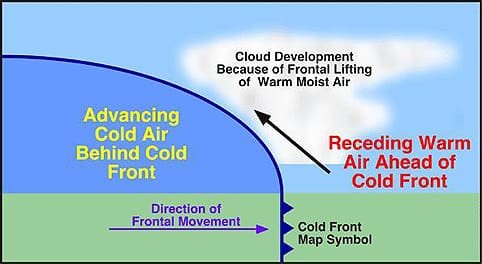
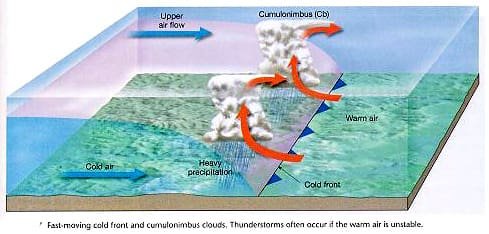
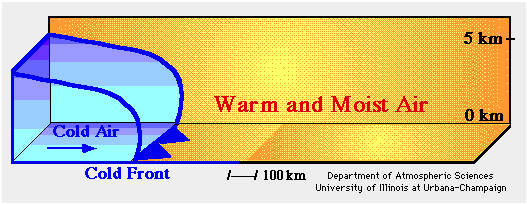
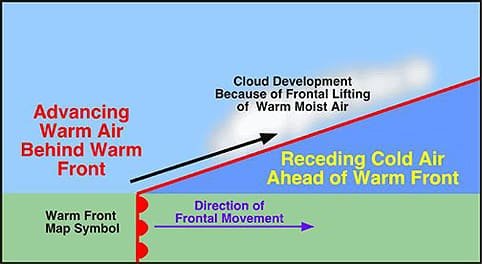
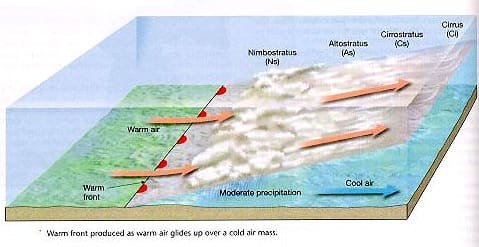
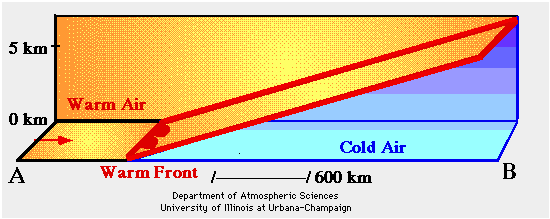
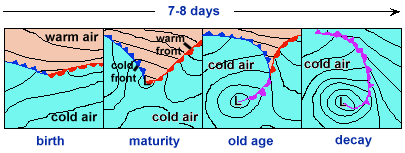
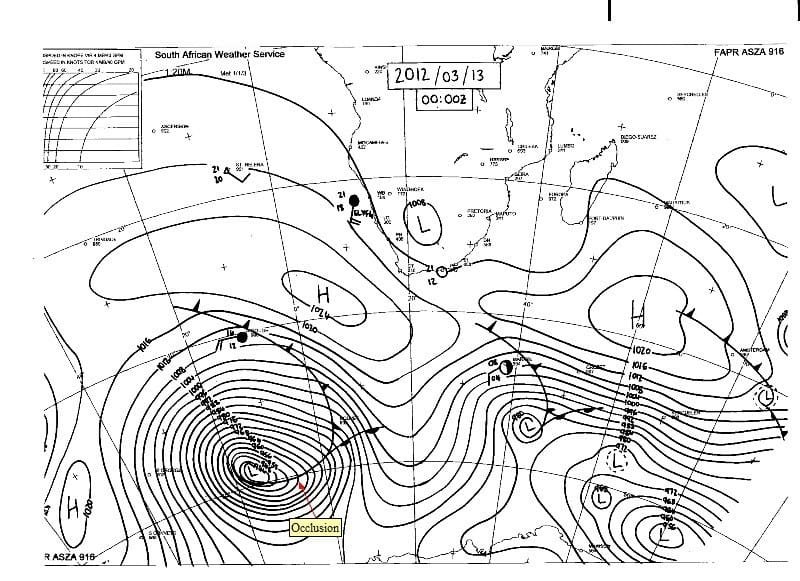
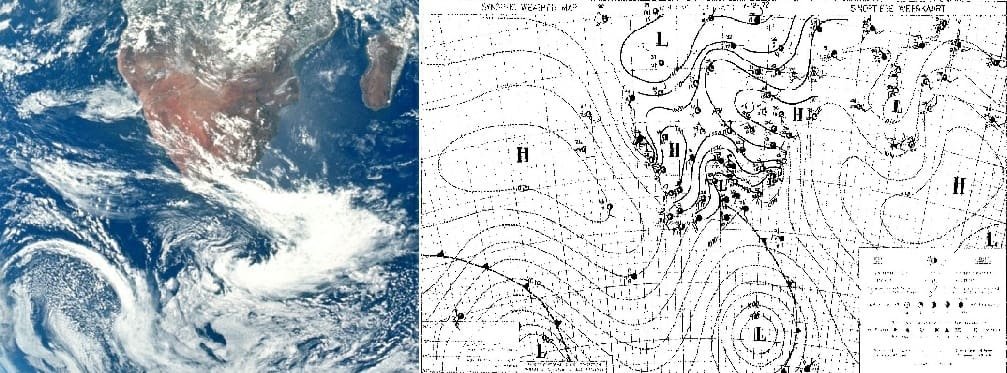
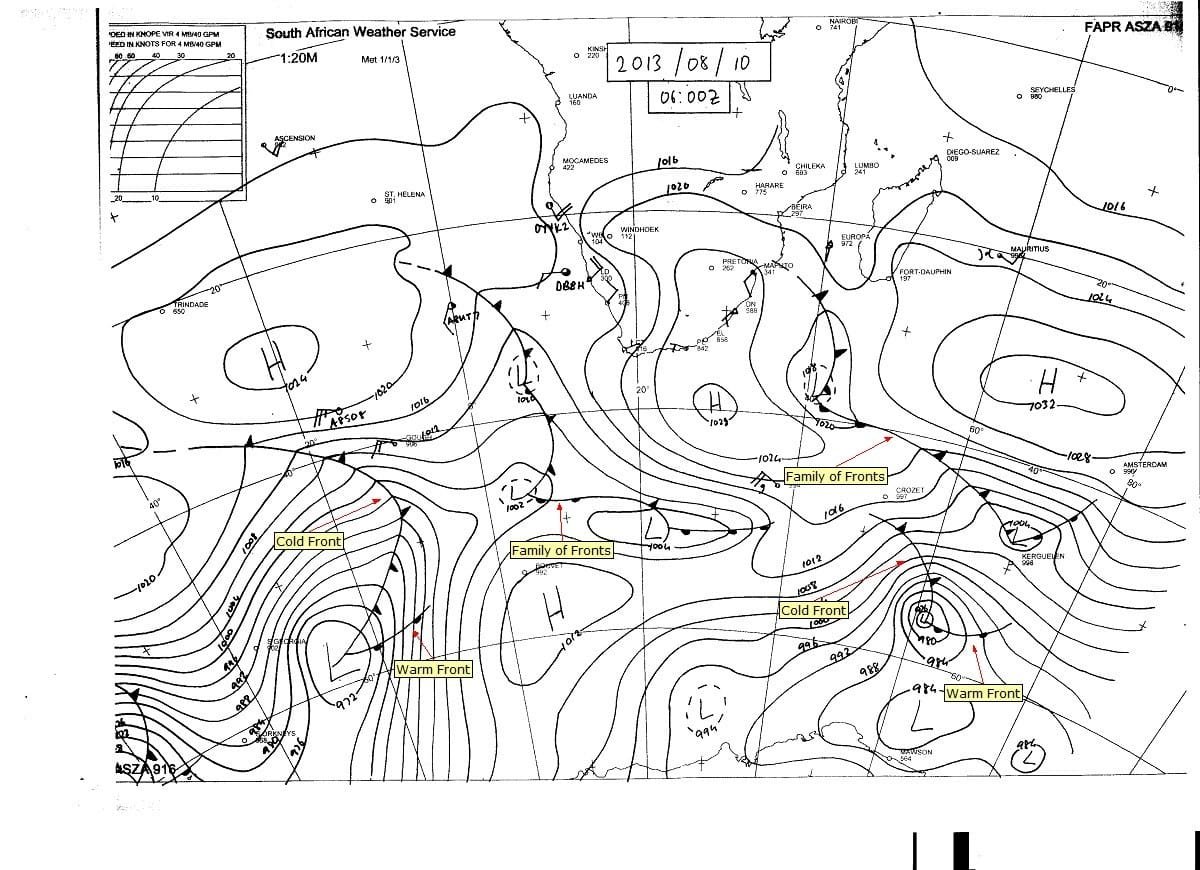
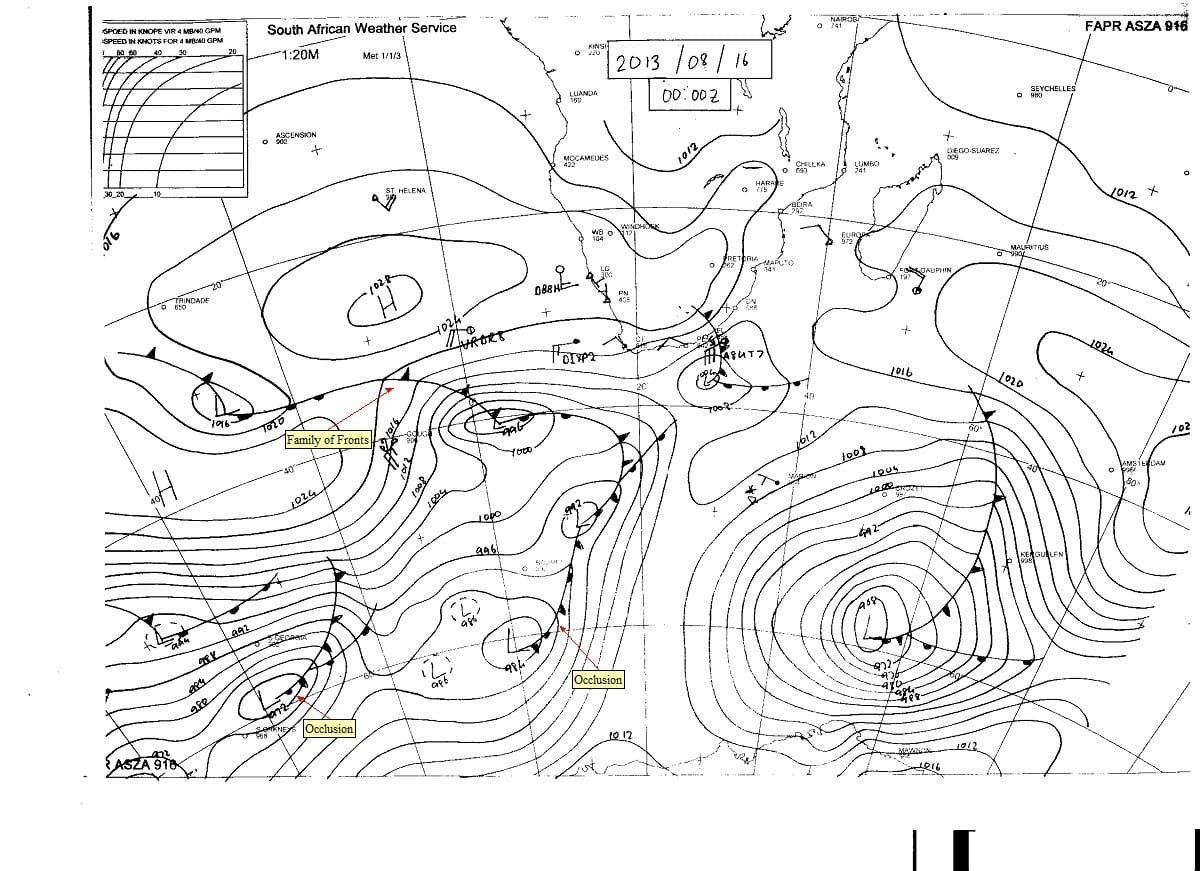
I’m a first teacher at grade 12 with Geography. how can i see if there are low pressure in cyclone?
HI Sikheto, thank you for your question. All cyclones in the Southern Hemisphere are low pressures. The air around a cyclone (low pressure) moves into the low pressure in a clockwise direction. Air moves out of an anti-cyclone (high pressure) in an anticlockwise direction.
Hi where can i get notes, the videos are awesome but would like it in some writing though. Can you maybe help me please
Hi, unfortunately, the only information available is the information you see on the site.